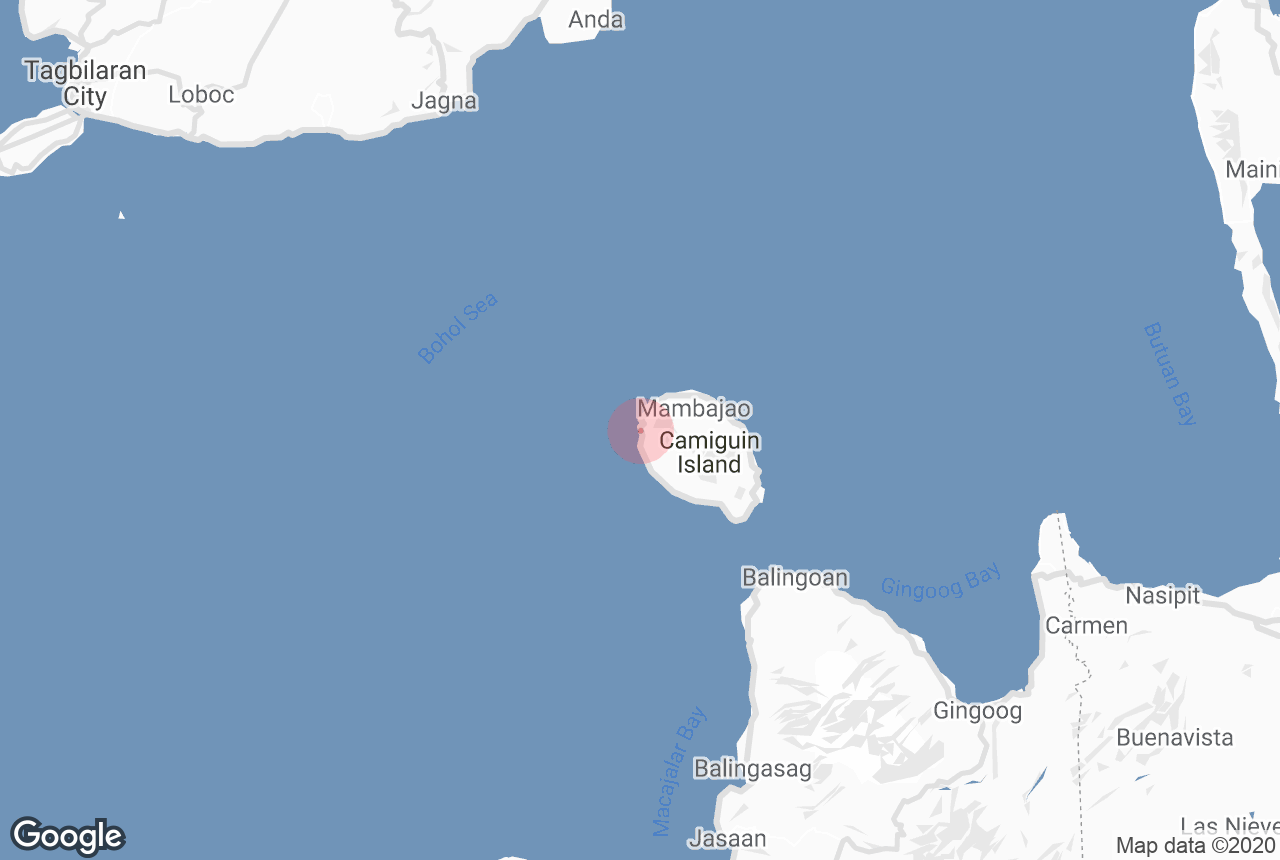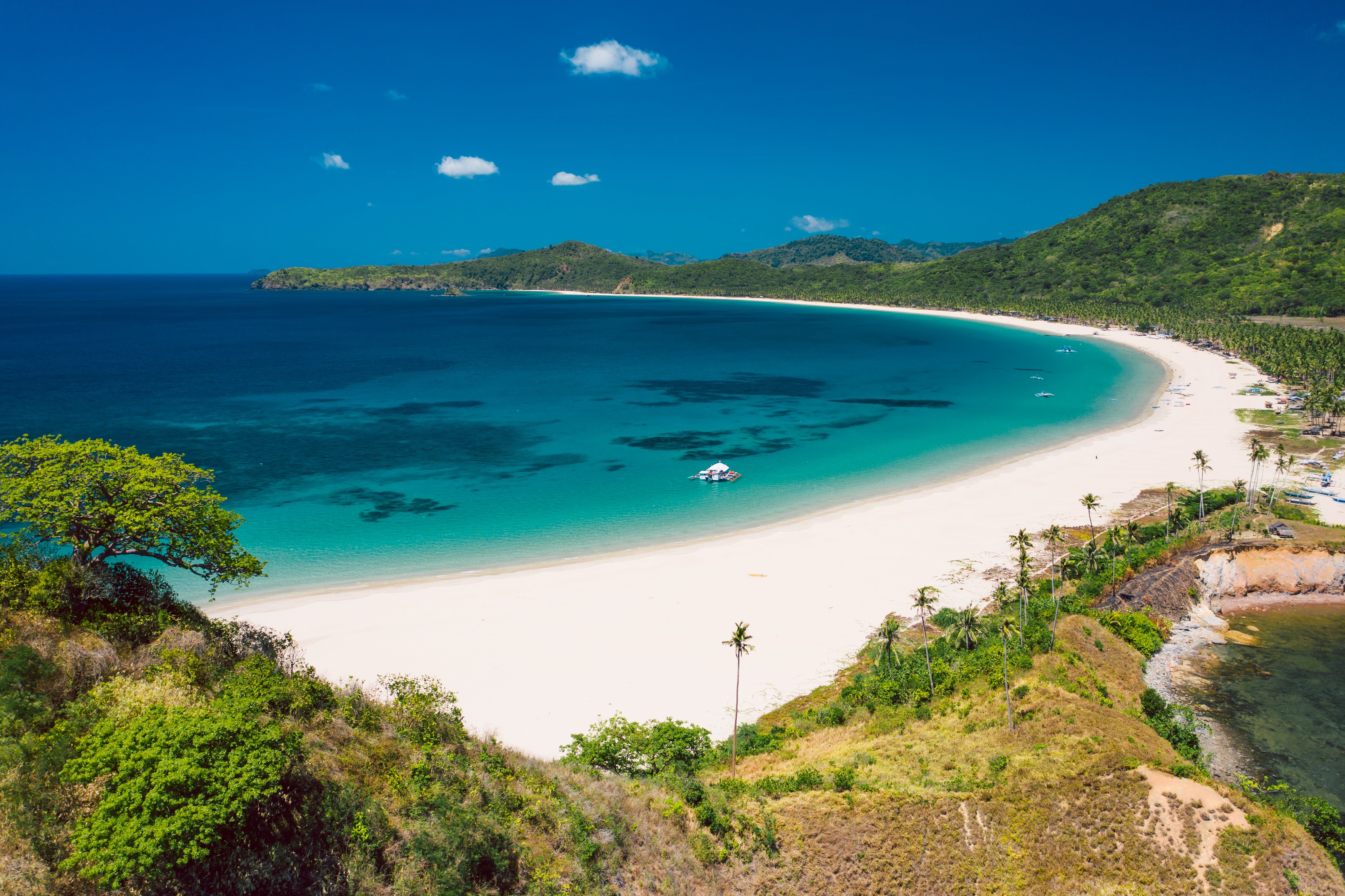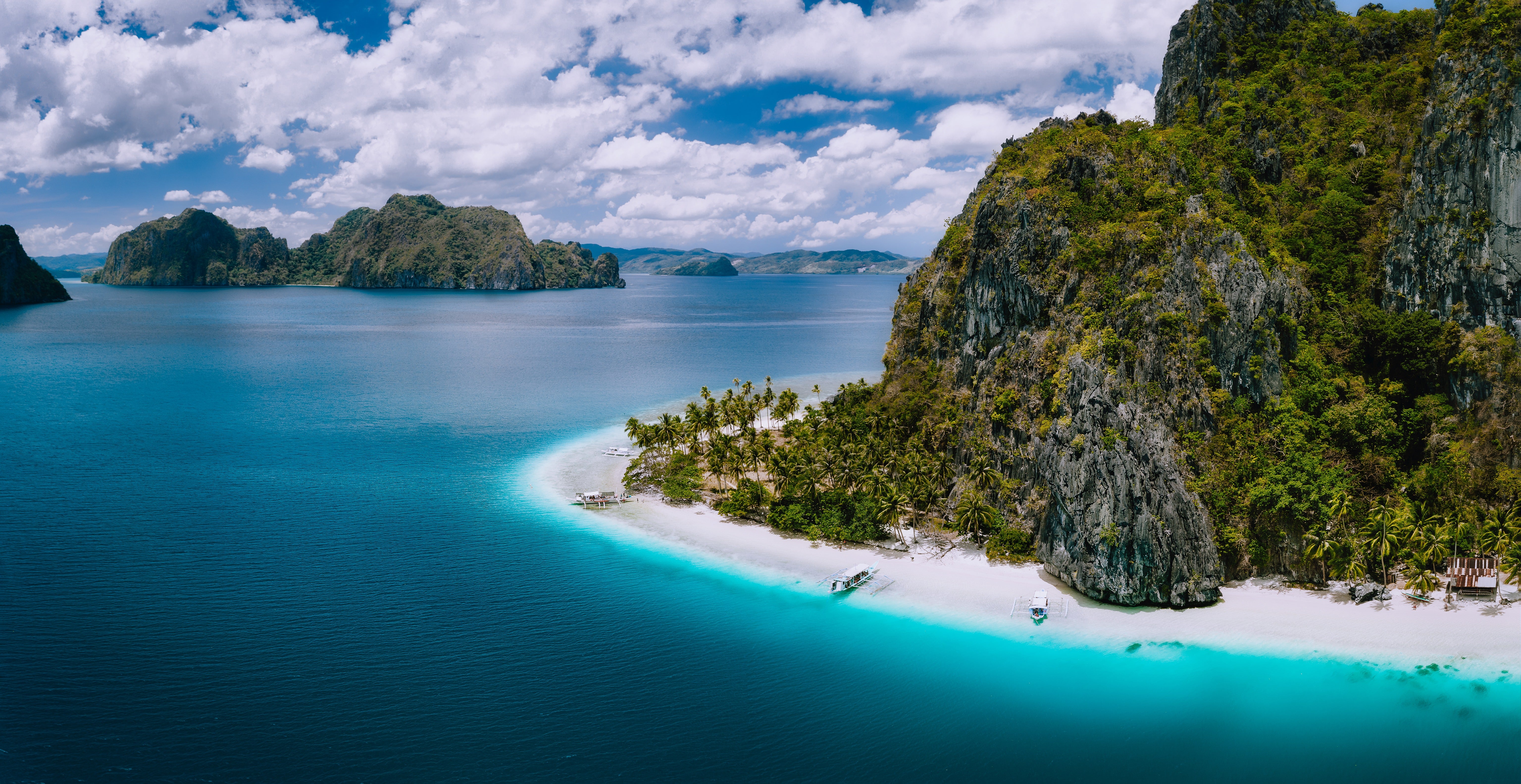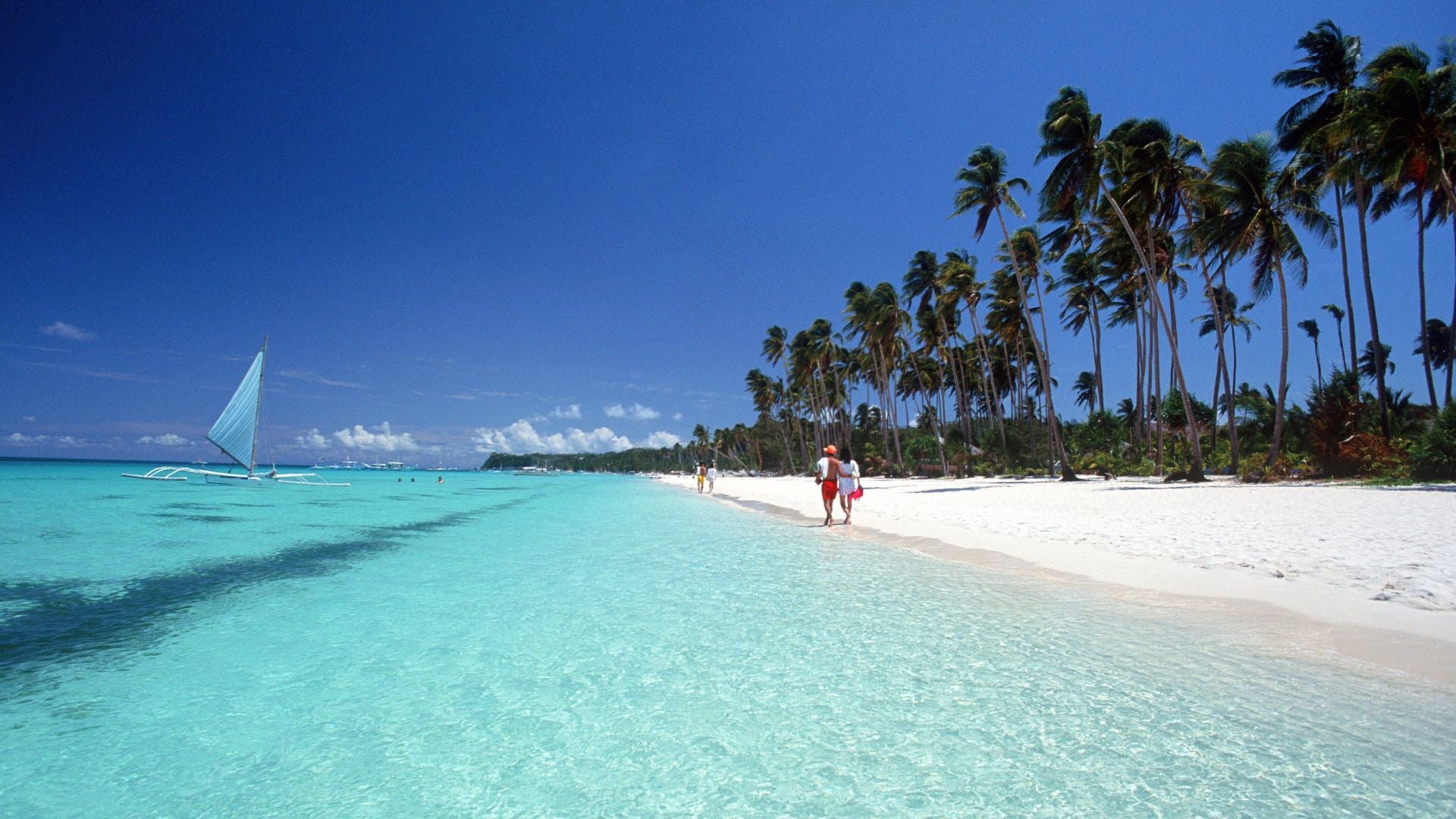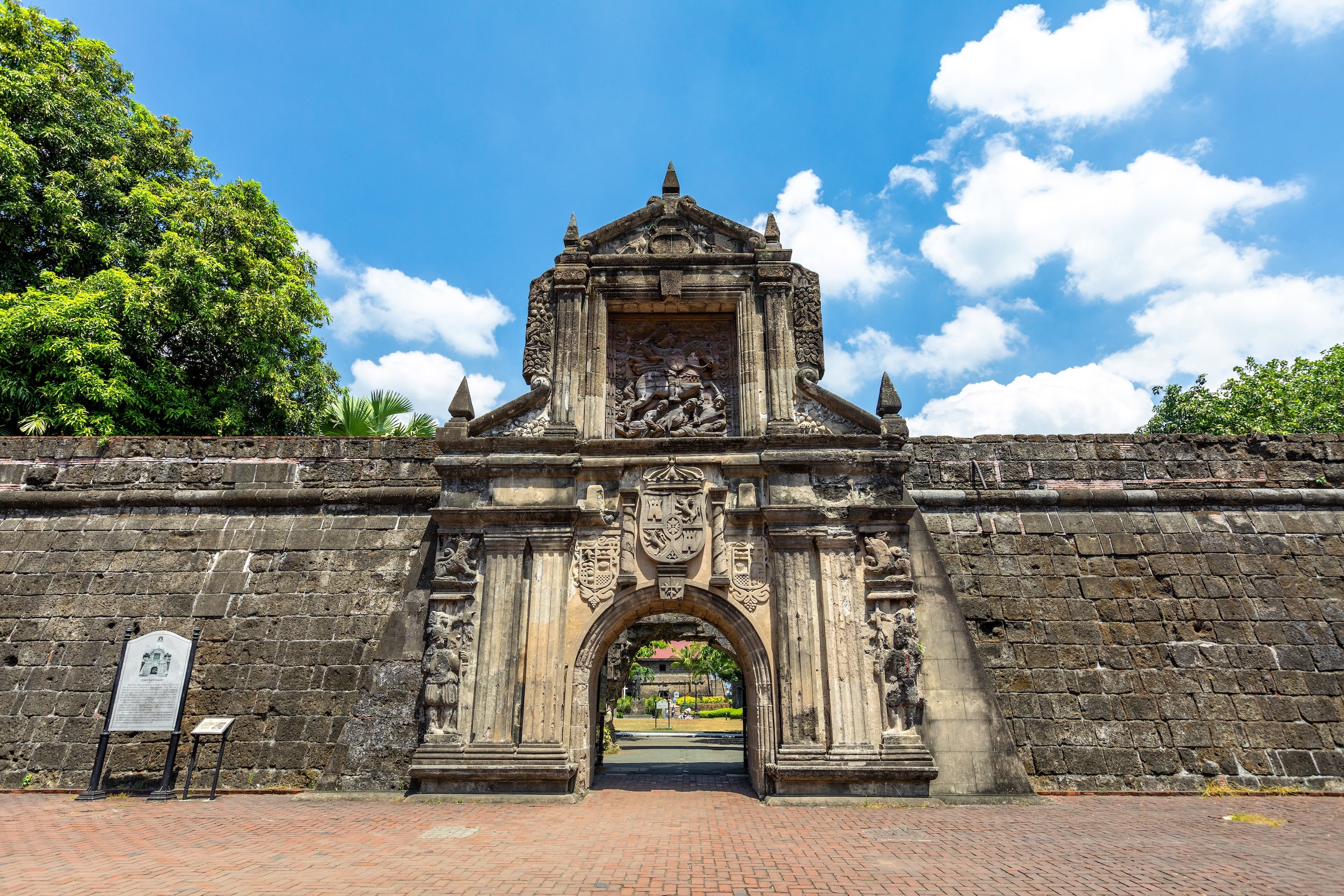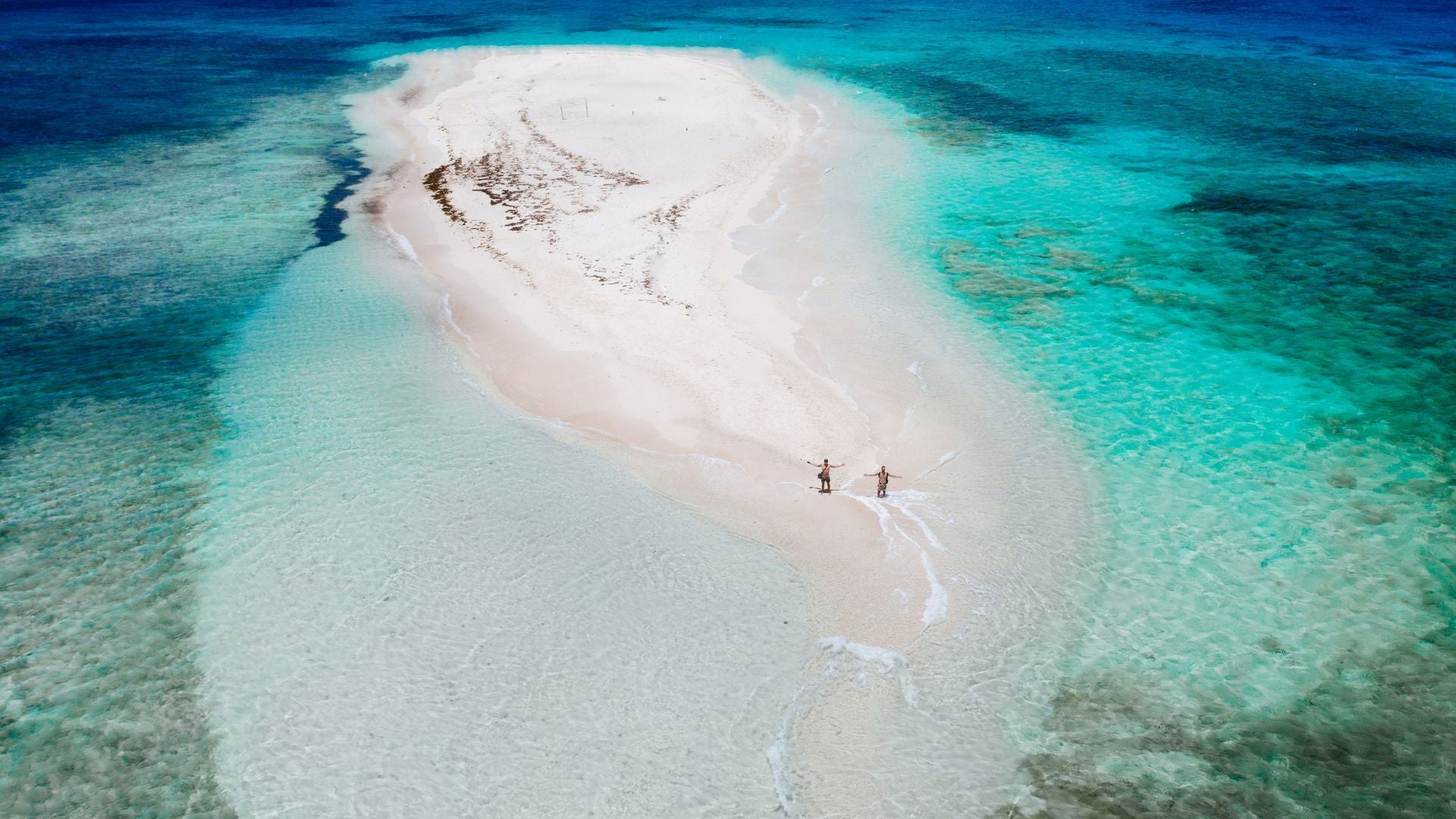Gui-ob Church Ruins

For history lovers, the Gui-Ob Church Ruins are one of the oldest ruins in the country that still stand to this day. Like most old churches in the Philippines, it was constructed with coral stones and was a major structure where locals could hold weddings, baptisms, funerals, and masses. However, the church was heavily damaged in 1871 when Mt. Vulcan erupted for the third time. Following the explosion of lava, the church was reduced to the ruins you can see today.
Upon visiting the ruins, most visitors light a candle before entering the grounds and offer a prayer for the lives lost during the tragedy. Along with this, you can also take the time to snap photos by the ruins and learn about the history of the church.
Best time to visit
Since the ruins no longer have a roof, it's best to visit the site during the dry season (December to May) since there are fewer chances of heavy rainfall during these months.
